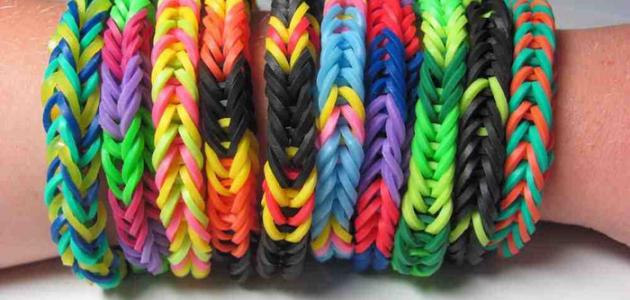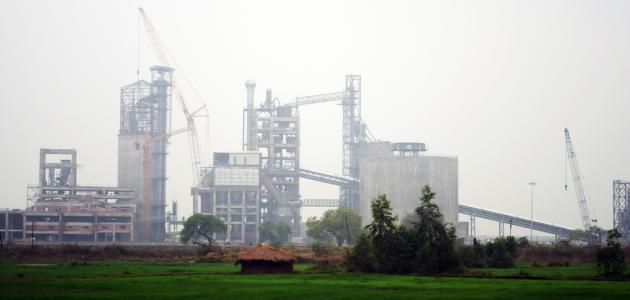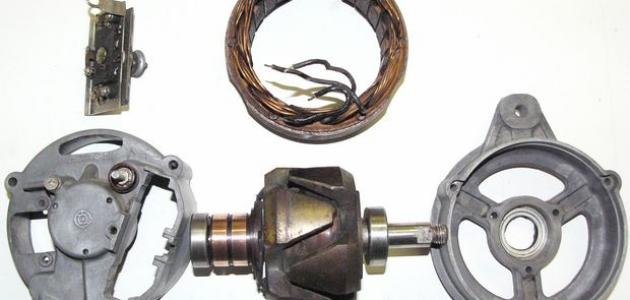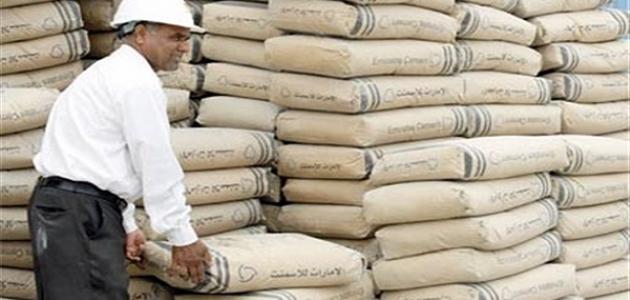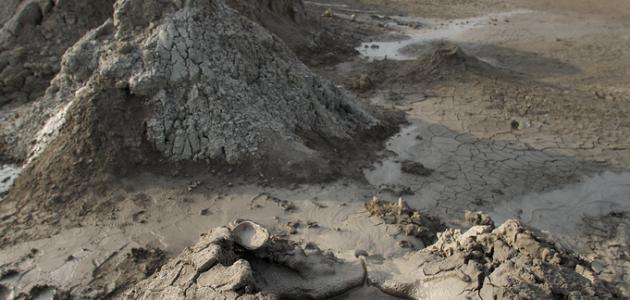Rubber
In ancient times, man generally relied on raw materials for living, such as his use of flint stone. With the passage of time and the development of these eras in conjunction with the development of science, some of the materials used by man were developed. Bronze was discovered, after which one of the eras was named, which is the Bronze Age, and these developments continued. Within a long series until we reached the development of industries in the current era and the development of technology.
Rubber is one of the most important materials used by humans. Elastic bands and tires of all kinds, whether car or bicycle tires, are all made of rubber, in addition to pencil erasers and dishwasher hoses. Rubber is also generally used in many of the devices and tools that we use at home, whether in kitchens or Bathrooms, and is also used in the manufacture of some types of clothing.
The rubber tree is widespread in Brazil, and moved to many other countries such as: China, Vietnam, and Malaysia, during World War II, and after that the rubber industry developed in particular in the United States, Germany, Russia, and France, and the latex is extracted from rubber trees. By cutting it in the shape of a wide V in the bark of the tree, this material flows from it and is collected in a cup. Then the latex is filtered and a type of acid is added, then the resulting material is placed on sheets that are dried later.
Types of rubber
There are two types of rubber, one synthetic and the other natural. Natural rubber is generally made from a substance called latex, which is a white liquid that comes out of the plant when it is cut. As for synthetic rubber, it is manufactured in chemical factories using several compounds and materials, including petrochemicals and some acids such as acetylene and hydrochloric. Synthetic rubber is used widely. Widely used in the automobile tire industry.
Read also:Industry in the NetherlandsRubber manufacturing
The rubber manufacturing and processing process consists of four basic steps:
- Kneading with the aim of obtaining smaller particles that are easier to move and flow.
- Mixing until the particles blend together.
- Forming through casting and extrusion.
- Final processing until the particles become interconnected and stable in shape.
Rubber properties
There are many types of rubber, each of which has characteristics that distinguish it from the other:
- Neoprene rubber is known for its ability to resist abrasion.
- Silicone rubber (silicone rubber) has good elasticity and is resistant to ozone, sunlight and oxidation.
- Viton rubber that resists abrasion, heat, ozone, oxygen, and sunlight.
- Vinyl rubber: It is well resistant to water, chemicals, and weather factors, and is also called polyvinyl chloride (PVC).
- Butyl rubber: which resists oxidation and electricity, and is often used in internal pipes.
